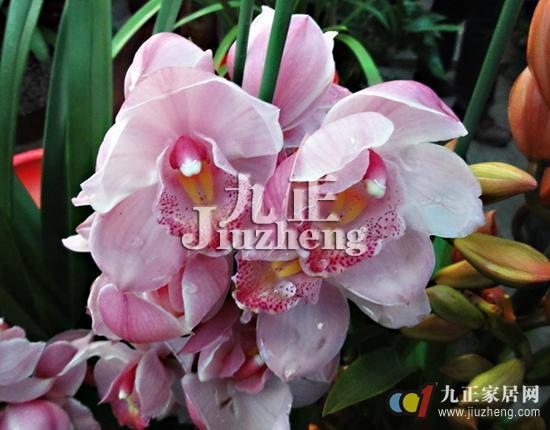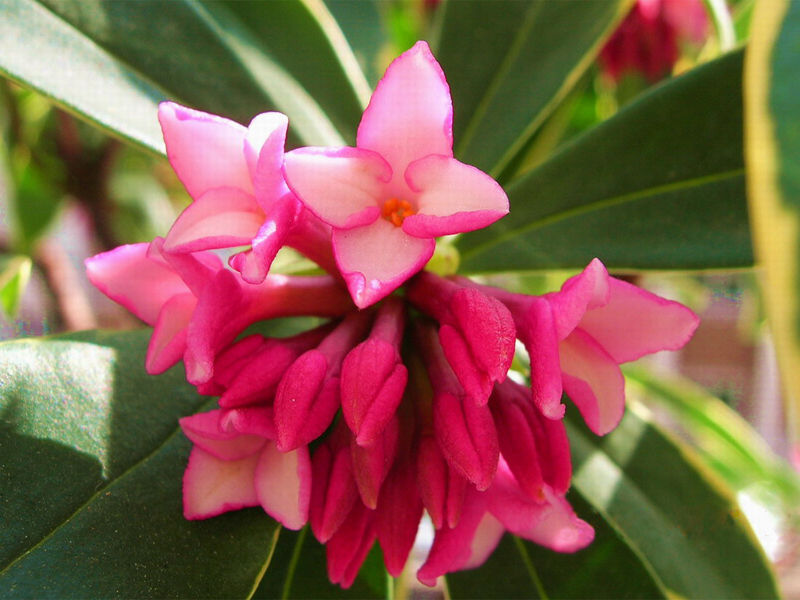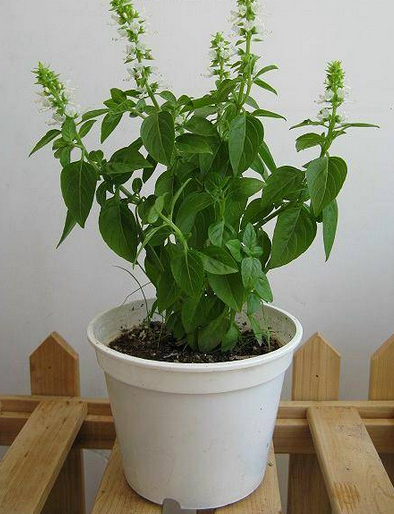Control of Diseases and insect pests of Cymbidium
Fungal anthracnose
Mostly occurs at the top of the leaf, the spot edge is dark brown, the middle gray, mostly caused by high temperature, high humidity, poor ventilation, disease spot should be cut off in time, and cooperate with spraying. Common medicament has 1000 times mancozeb, 1000 times can be killed.
The following fungicides are commonly used to control other fungal diseases: 1000-fold chlorothalonil, 800-fold pyrethromycete, 800-fold metalaxyl.

Control of Diseases and insect pests of Cymbidium
1. Fungal anthracnose
Mostly occurs at the top of the leaf, the spot edge is dark brown, the middle gray, mostly caused by high temperature, high humidity, poor ventilation, disease spot should be cut off in time, and cooperate with spraying. Common medicament has 1000 times mancozeb, 1000 times can be killed.
The following fungicides are commonly used to control other fungal diseases: 1000-fold chlorothalonil, 800-fold pyrethromycete, 800-fold metalaxyl.
2. Bacterial diseases
The commonly used agents are 6000-fold agricultural streptomycin sulfate, 300ppm agricultural streptomycin and 800x Jinggangmycin. During continuous cropping and long-term cultivation, soft rot will occur seriously. In the seedling stage, the disease will not occur, generally to the third year, when the flower bud reaches the height of 20 to 30 centimeters, it is found that the corms will suddenly rot, which will also occur in the mountains. At this time, it can only be destroyed, otherwise it is easy to spread the disease to healthy plants. If the surrounding environmental hygiene and drug control are carried out in time, the disease will be inhibited.
3. Insect pests
The main pests are slugs, spider mites, commonly used pesticides: slug nemesis (trapping), trichloroinsecticidal mites. When there is poor ventilation from June to September, slugs occur seriously, mostly hidden in the back of leaves, and harm the root system at the same time. Lime can be sprinkled in the cracks in bricks, and then water can be sprayed to kill a large number of adults. At the same time, longevity flowers and leaves and granule nemesis can be used to trap and kill. Leaf mites occur on the back of the leaves, so medication should start from the back of the leaves.
The above is for everyone to introduce the price of Cymbidium and Cymbidium pest control, hope to help you, more household knowledge, please pay attention.
Common diseases and insect pests and control of Cymbidium: 1. Diseases: mainly blight, soft rot, root rot, anthracnose, leaf blight, toxin disease and so on.
(1) epidemic disease: due to different locations and different diseases, the epidemic disease is also divided into black rot, heart rot, stem rot, sudden fall, and so on, which occurs in Xiamen all the year round. In the case of high temperature, excessive watering and poor ventilation in greenhouse, a large amount of water accumulated in the leaf tip, which is most likely to cause the disease for a long time. The peak period of the disease is from June to August every year. It can be damaged from seedling to flowering plant, especially at seedling stage, new bud and heart leaf. It is caused by two closely related fungi-Phytophthora blight (Phytophthoracactorum) and ultimate Pythium (Pythiumw1tmum). Phytophthora is easy to cause root rot, quenching, root neck rot, and the ultimate Pythium is also easy to cause root rot and quenching disease. Once these diseases are not treated in time, they will quickly spread to the roots and bulbs, so it is a terrible and destructive disease of Cymbidium, which is transmitted and spread by spores through water droplets splashed during watering. Prevention and control methods:
1. Environmental control: the blue shed should be ventilated and ventilated and the light should be adequate. During the onset of the disease, we should strictly control the water, remove diseased leaves and diseased plants in time, and avoid spraying water from top to bottom.
2. Once the infected plant is found, remove the diseased tissue immediately, at the same time, cut off about 1 inch of the uninfected tissue, and remove the whole plant if the damage is serious.
3. Scissors and other appliances should be strictly disinfected.
4. Chemical treatment: it can be sprayed with 80% Zn-mn Naipu 500 times solution. The diseased plants can also be sprayed with 8-hydroxyquinoline sulfate of 1Rau 2000, or the diseased plants can be soaked in o-phenylphenol sodium solution for 1 hour and repeated treatment within 3 to 7 days if necessary.
(2) soft rot: soft rot usually affects the leaves, buds and bulbs of Cymbidium, which can occur from spring to autumn in a year, and is rarely found in winter, sometimes accompanied by blight, but not too serious. It is caused by a bacterium called Erwiniachrysanthem, which has a wide range of hosts and can be harmful in orchids. The way of invasion is mainly through the wound or natural stomata. In the hot and humid blue shed, the disease spreads very quickly. At 100% relative humidity and temperature of 30 ℃, the invasion process was completed after three hours of artificial inoculation. The manifestation of the disease is similar to that of the epidemic disease, which makes it difficult to distinguish those who raise orchids. Because the two diseases are different in nature, the use of drugs is also different.
In the field, our discrimination is mainly based on the observation of pulling out the decaying part of the disease: the decaying tissue of the disease has no juice or less juice, no fishy smell, squeeze the juice into a cup of water, and no diffusion of cloudy matter is found. On the other hand, the cells in the epidermis of soft rot disease are decomposed into water-like juice, which contains countless white bacteria mud, and there is a lot of juice. At the same time, there is the stench of fishy smell. Drop by drop in the clear water cup, you can see the cloud-like turbid matter spreading around. Prevention and control methods:
1. Environmental control and treatment of diseased plants: same as Article (1) above, special attention should be paid not to pollute healthy plants with the juice of bacterial mud.
2. Chemical treatment: general pesticides are ineffective against soft rot, so once the disease occurs, we have to abandon the diseased plant. Therefore, it is mainly to take preventive measures, with 40% steel fast Dening 400 times liquid spraying effect is good. You can also spray 68.8% polychain microelement or 18.8% chain microelement 1000 times every 7 to 10 days for 3 to 4 times in a row. These drugs can be used alternately to prevent the plants from developing drug resistance.
- Prev

Prevention and control of diseases and insect pests of Daphne odora
Prevention and control of stem rot Phnom Penh Daphne is a precious flower flower loved by the masses, but it is delicate and difficult to raise. The main reason is stem rot. Symptoms: the disease is not easy to be detected at the initial stage. The first manifestation of the disease is the rhizome. The phloem of the disease blackened and rotted, and gradually developed to the root. But the quality department behaved normally.
- Next

Prevention and control of diseases and insect pests of basil
In terms of pest control, there are aphids, Japanese beetles, thrips, leaf miners, snails and slugs. Organic cultivation can be used to spray water to drive away aphids and to catch Japanese beetles by hand and throw them into soapy water.
Related
- Fuxing push coffee new agricultural production and marketing class: lack of small-scale processing plants
- Jujube rice field leisure farm deep ploughing Yilan for five years to create a space for organic food and play
- Nongyu Farm-A trial of organic papaya for brave women with advanced technology
- Four points for attention in the prevention and control of diseases and insect pests of edible fungi
- How to add nutrient solution to Edible Fungi
- Is there any good way to control edible fungus mites?
- Open Inoculation Technology of Edible Fungi
- Is there any clever way to use fertilizer for edible fungus in winter?
- What agents are used to kill the pathogens of edible fungi in the mushroom shed?
- Rapid drying of Edible Fungi

